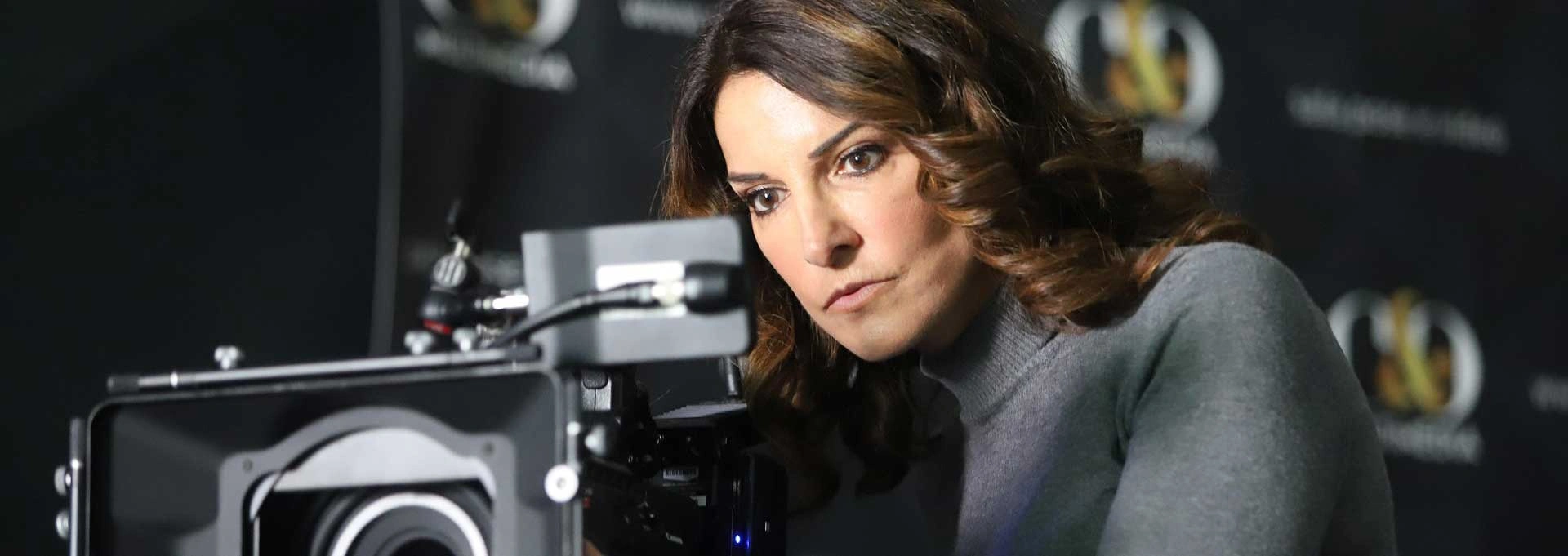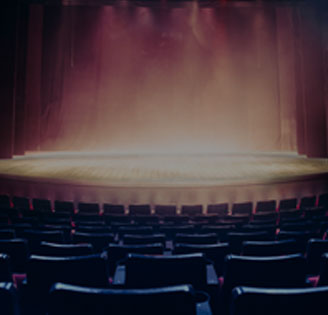
Mastering Minimalism in Short Filmmaking
Minimalism is a conscious stripping away of excess, a focus on the essential, and a potent reminder that impactful storytelling doesn’t always require a mountain of resources. In short filmmaking, where constraints are often the norm, minimalism has proven to be not just a necessity, but a deeply effective and artistic approach.
Moreover, minimalism in short films isn’t about being cheap or cutting corners; it’s about intentionality. It’s about making conscious choices to streamline the narrative, the visuals, and the sound design, resulting in a film that resonates with clarity and purpose. In this post, we explore the various facets of minimalism in short filmmaking, from scriptwriting and cinematography to sound design and editing.
Writing: The Script
The foundation of any film lies in its script. In minimalist scriptwriting, the focus shifts from intricate plots and verbose dialogue to streamlined narratives and impactful moments.
A minimalist script aims for clarity and economy. It eliminates unnecessary subplots and character backstories, rather focusing on a single, central conflict or theme. Instead of spelling everything out, expert short filmmakers use actions, gestures, and silences to convey meaning, trusting the audience to infer emotional states and motivations. Restricting the setting can also intensify the narrative’s focus. When writing a minimalist script, every line of dialogue should serve a purpose.
The short film Interior Café Night starring Naseeruddin Shah is a great example. The filmmaker makes use of a simple café setting to narrate a story that somehow lives in the present and the past at the same time.
Cinematography: Framing the Essence
In cinematography, minimalism prioritizes composition, lighting, and movement to create a visual language that is both powerful and understated. The most effective techniques include using negative space to emphasize subjects and creating a sense of isolation or contemplation. Using simple, geometric lines to structure shots and embracing natural lighting to create atmosphere and mood lets you guide the viewer’s eye.
In a minimalist film, the camera often remains still. Moving only when necessary. This reduces the need for complex camera work. Some filmmakers also allow scenes to play out in real-time with minimal cuts, allowing for the audience to observe and interpret the subtle details. For example, the short film Chhuri, set in a single house, builds its narrative tension effectively through sharp dialogue and character interactions.
Sound Design: The Power of Silences
Minimalist sound design doesn’t mean the absence of sound, but rather a careful consideration of every sonic element. Using ambient noises to build atmosphere can create a sense of realism. A single, well-placed sound effect can be more impactful than a complex soundscape.
Instead of a dramatic orchestral score, a minimalist film might use the sound of wind, a ticking clock, or the soft murmur of conversation to build tension or evoke emotion. Similarly, silence can be a powerful tool for emphasizing emotion and building tension, as we see in Interior Café Night between both the young and elderly couples.
Editing: Connecting the Essentials
In minimalist editing, the focus is on clarity, pacing, and allowing scenes to breathe. Direct cuts work best for minimalist short films instead of fancy transitions. Each cut should be meaningful and contribute to the overall narrative, letting the audience linger on key moments.
In the hands of pros, minimalist editing techniques can create a deliberate and consistent rhythm, using the length of the shots to control the pace and mood. As we see in the case of Chhuri where the final scenes play in a long back and forth narrative that keeps the viewer intrigued.
How to Embrace Minimalist Filmmaking?
Minimalism in filmmaking is a conscious choice that requires discipline and intentionality. It’s about focusing on the essentials, trusting your audience, and embracing the power of simplicity. By applying these principles to your script, cinematography, sound design, and editing, you can create powerful and memorable short films that resonate deeply with viewers.
However, you have to be patient, minimalism is not something you will master overnight. It takes time, practice, and a lot of patience to hone your skills and develop your own unique minimalist voice. We encourage you to take inspiration from the principles we’ve discussed, to explore the world of minimalist short films through platforms like Royal Stag Barrel Select Shorts, and to create your own compelling narratives. The most important thing is to start creating. Embrace the challenge, learn from the masters, and let your creativity guide you.
